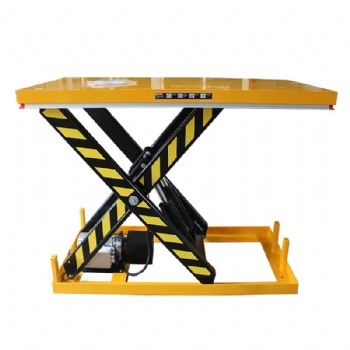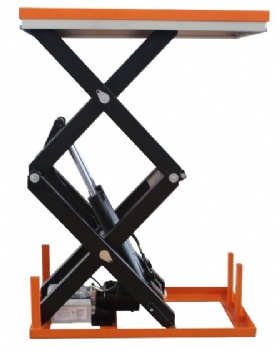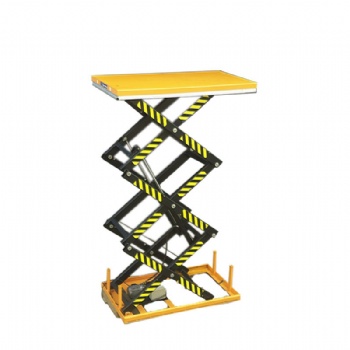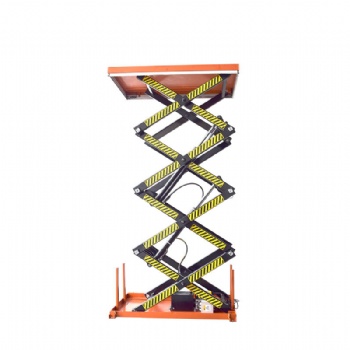News
Influence of Environmental Conditions on Scissor Lift Table

Environmental factors can severely hamper the performance of scissor lift tables. In extremely cold environments, the hydraulic fluid within hydraulic lift tables tends to thicken, leading to sluggish operation and a significant reduction in lifting efficiency. This not only slows down work progress but also increases the risk of mechanical strain on the equipment.
High humidity levels and corrosive atmospheres, such as those found in coastal areas or industrial settings with chemical emissions, pose a major threat to the metal components of fixed scissors lift tables, including the U-shaped fixed scissors lift platform and ultra-low table fixed scissors. Corrosion gradually weakens the structural integrity of these tables, reducing their load-bearing capacity over time and potentially leading to safety hazards.
Custom fixed scissors lift tables, when deployed in challenging environments like high-altitude regions with low oxygen levels or desert areas with extreme heat, can experience performance degradation. Low oxygen can affect the combustion engines in some models, reducing power output, while the intense heat in deserts can cause overheating of electrical components, leading to malfunctions or breakdowns.
Mobile scissors lift models encounter difficulties on uneven terrains. Rough surfaces can cause the tables to tilt or lose balance, increasing the risk of accidents. Additionally, the constant jolting and vibrations can damage internal components, shortening the lifespan of the equipment.
For electric scissors lift tables, exposure to dusty or rainy conditions can be detrimental. Dust can infiltrate electrical systems, causing short circuits and other electrical failures, while rainwater can lead to corrosion of electrical parts and disrupt normal operations.
Categories
Contact Us
- +86-19105479808
- Fax: +86-0537-3215808
- +86-19105479808
- sales@lifterable.com
- maray2978@gmil.com
- +86-19105479808




 售前客服
售前客服 Teams
Teams
